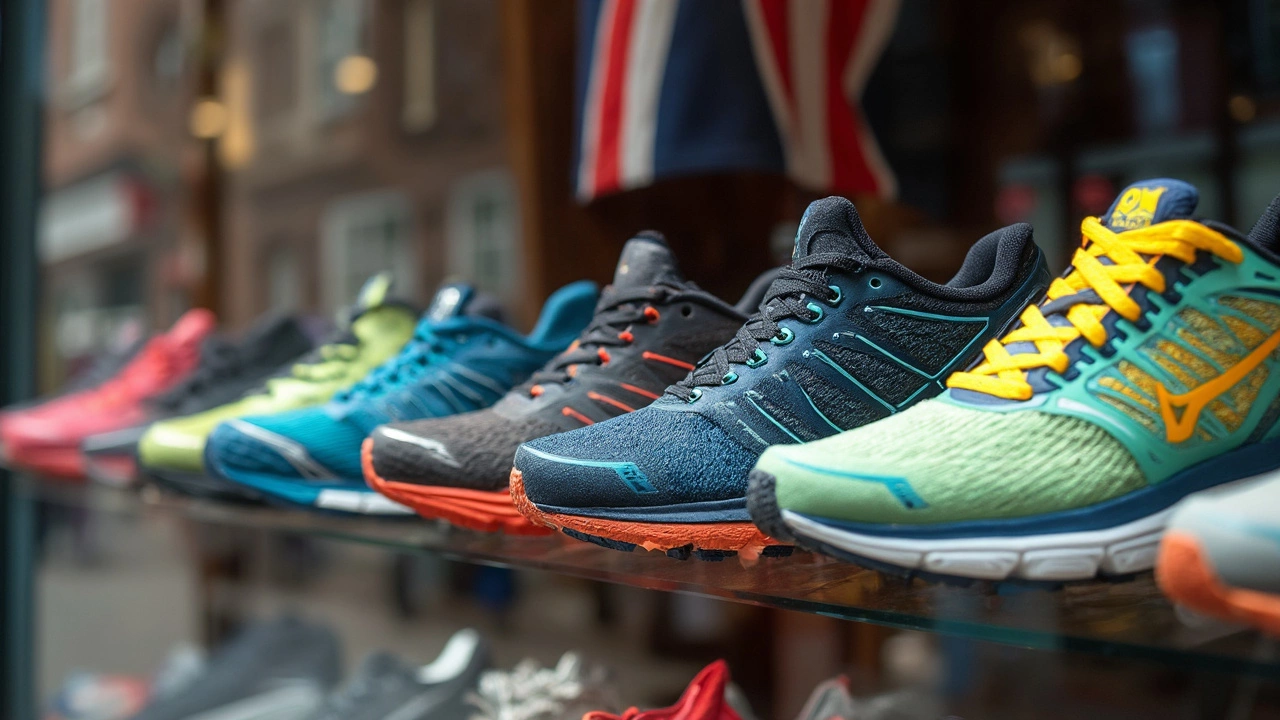
Shoe Types: What They Are and How to Pick the Right Ones
Ever stare at a shelf of shoes and wonder which style actually suits your activity? You’re not alone. Shoes aren’t one‑size‑fits‑all; each type is built for a specific purpose. Knowing the basics saves you money, prevents injuries, and makes every workout feel smoother.
Running Shoes: Speed, Cushion, and Fit
Running shoes are the most talked‑about category because they’re tied to performance and injury prevention. Brands like Asics and Hoka dominate the market. Asics focuses on stability and a snug heel wrap, while Hoka leans into massive cushioning that feels like running on clouds. When you try them on, check three things: heel‑to‑toes drop (most neutral shoes sit around 10 mm), arch support (flat vs. curved), and overall weight. A good rule of thumb is to run a few strides in the store; if the shoe feels like it’s hugging your foot without pinching, you’ve likely found a match.
Training & Cross‑Training Shoes: All‑Round Workhorse
Training shoes need to handle lifts, jumps, and lateral moves. Look for a flat, stable sole that won’t roll your ankle during side‑to‑side drills. They’re typically lighter than running shoes but sturdier than casual sneakers. If you do a mix of cardio and weight rooms, a cross‑trainer gives you the versatility you need without sacrificing support.
Casual shoes sit at the opposite end of the spectrum. Comfort and style matter more than technical specs. However, even a casual sneaker should have enough arch support to keep your feet happy on long walks.
One common mistake is picking a shoe that's a half size too big. It might seem harmless, but extra room can cause your foot to slide forward, leading to blisters or even toe injuries. If you’re between sizes, try a half size down and use a thicker insole to fine‑tune the fit.
Here’s a quick cheat sheet to help you decide:
- Running: Look for cushioning that matches your strike pattern (heel vs. forefoot), a breathable upper, and a snug heel.
- Training: Choose a flat, stable base, good lateral support, and a durable outsole.
- Casual: Prioritize comfort, arch support, and a style you like.
- Specialty (e.g., trail, basketball): Seek out features like aggressive tread, ankle guards, or extra toe protection.
Remember, the right shoe type makes a difference not just in how you feel during the activity, but also in how quickly you recover afterward. A well‑cushioned running shoe can reduce post‑marathon soreness, while a stable training shoe can keep you from twisting an ankle during a HIIT session.
To sum up, start by identifying the main activity you’ll be doing, match it with the shoe’s core design, and finish with a proper fit test. Once you’ve got the basics down, you’ll be able to shop confidently, whether you’re eyeing a new pair of Asics, a sleek Hoka, or a versatile cross‑trainer. Your feet will thank you, and your performance will follow.
